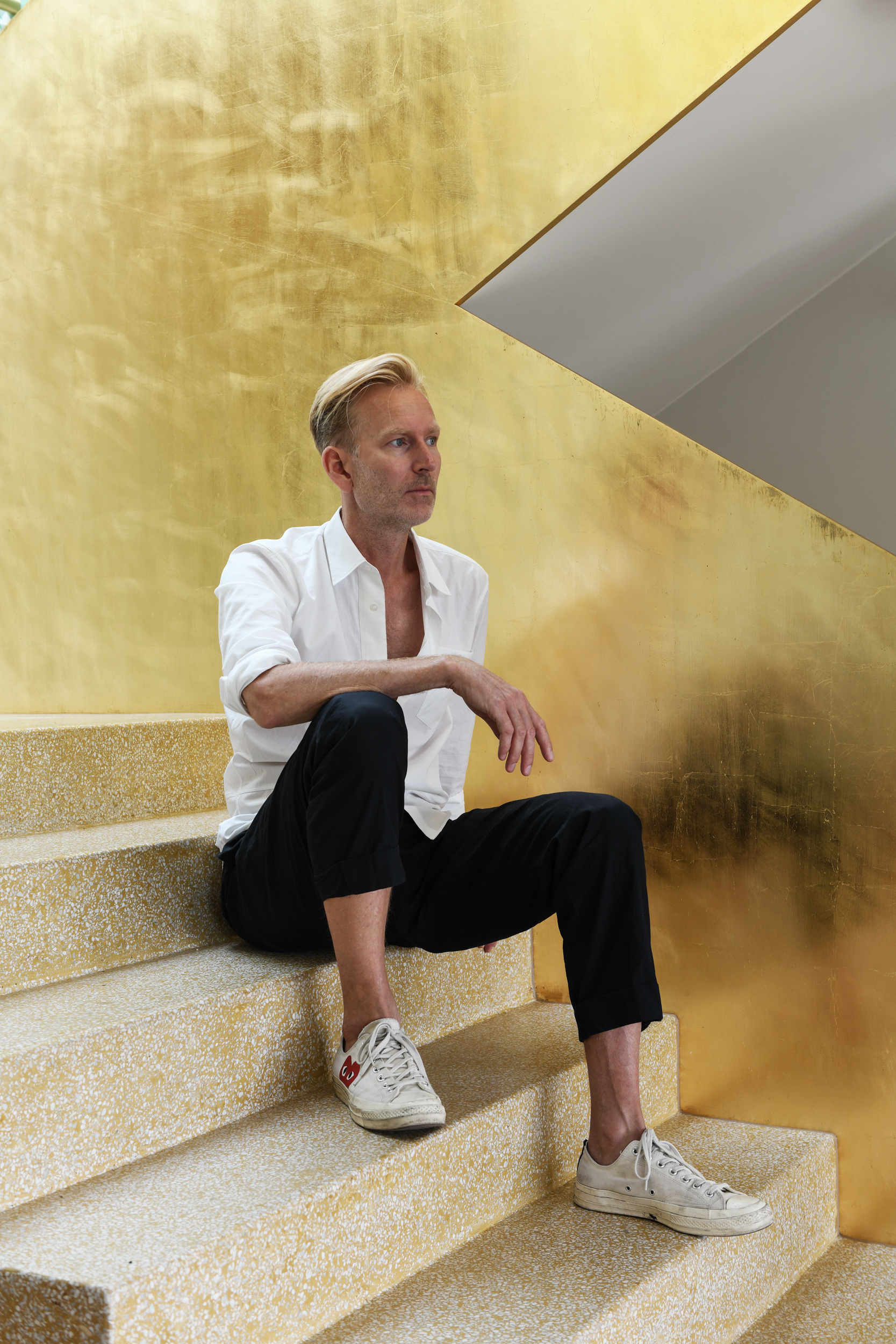To design for the future you have to understand the past, says No Early Birds founder Per Söderberg
TO DESIGN FOR THE FUTURE YOU HAVE TO UNDERSTAND
THE PAST, says no early birdS founder per söderberg
DESIGN

Mallorca-based architect Per Söderberg divides his time between architectural assignments and running his furniture brand No Early Birds, which recently celebrated 10 years. With a dedicated showroom in Stockholm, No Early Birds just launched its anniversary collection with furniture in exclusive materials. “When I started No Early Birds some ten years ago, the ambition was to create furniture that would become long lasting classics,” explains Söderberg about his first collection which is still in high demand today. “I thought through every step of the process from the beginning and I was never interested in one offs - if you make a collection of furniture they should support each other aesthetically as well as production wise,” he adds.
TNE How was the market back then?
PS Much of the design was made in quite a short-term manner. Producers focused more on trends and design awards than about sustainability. I wanted to do something where every stage from manufacturing to delivery and materials was thought through from the start. I wanted to do a strong collection with some common ingredients. This benefits production and it creates an aesthetic recognition. When you see a NEB piece of furniture, you know immediately that it is a NEB piece of furniture. The crossbeam and the assembly fitting that I came up with at the start is still in use today and it has become a hallmark of the entire collection.
WORDS
PHOTOGRAPHY
STYLING
Hanna Nova Beatrice
Ida Lindhag
Sophia Bratt

Per Söderberg's showroom in central Stockholm is an ode to longetivity and his first collection with cross beam legas are still in high demand. The space is styled by Sophia Bratt.
TNE What inspires you in your work?
PS I studied at at Domus Academy in Milan and that has shaped my idea of design and architecture. There are so many great buildings and interiors there and I am really inspired by the care they put in the details; the design of a door handle, a stair railing or a balcony railing. Very few things are standardized. I work in the same way when I design interiors and to a large extent manufacture most details myself. For me, good design and architecture adds to the quality of life. You simply feel better in an environment where there is a care for details. And thats what it’s all about in the end, that you should feel good and comfortable in an environment. I also think you feel better if you know that a product is made in decent conditions and with durable materials.
TNE What changes do you see coming?
PS I think design will become more local and sustainable. In order to look ahead, we must analyze and understand our time and our history. We have a lot to learn from seeing what things looked like in the past. Both in terms of design, function and choice of material. For me, a visit to the Nordic Museum is often more interesting than a design exhibition.



Pushing local greats; The Plisse lamp in the showroom is by Folkform, the art work on the wall by Diana Orving and the vase by Carina Seth Anderson.
“I think design will become more local and sustainable. In order to look ahead, we must analyze and understand our time and our history. We have a lot to learn from seeing what things looked like in the past. Both in terms of design, function and choice of material. ”

TNE What is the biggest challenge for the industry post covid?
PS I think the biggest challenge is distribution. Luckily, I had thought of assembly, storage and transportation from the beginning. It is not possible to run a furniture company and fail with distribution. If most of the furniture arrives damaged or if the transport eats up all margins, there is no point in continuing. You have to think long-term at all levels and you can not cheat. For me, it is important to build long-term relationships. You are no better than your weakest link. The materials we make the furniture from are important, the surface treatment is important. I work with small manufacturers with whom I have good communication and I know who has made every single piece of furniture. The choice of retailer is important and those who supply the furniture are equally important. What it's ultimately about is that the customer who has bought their furniture is satisfied with both the experience of the purchase, the delivery and the furniture that they will live with for many years to come and use every day. That is my driving force; to hear that people who have bought my furniture are satisfied. A proof of that is that we have many returning customers.


SUGGESTIONS